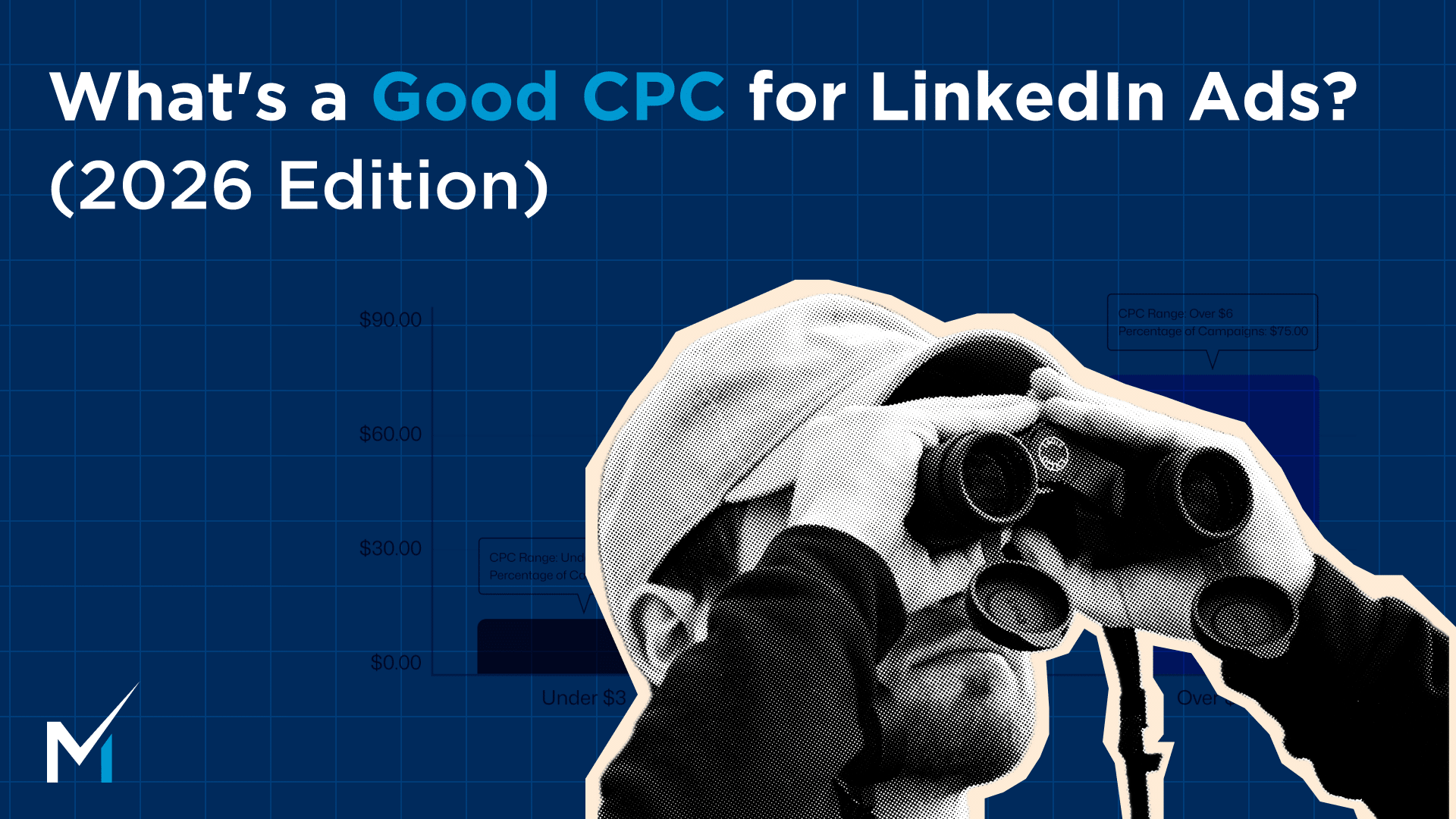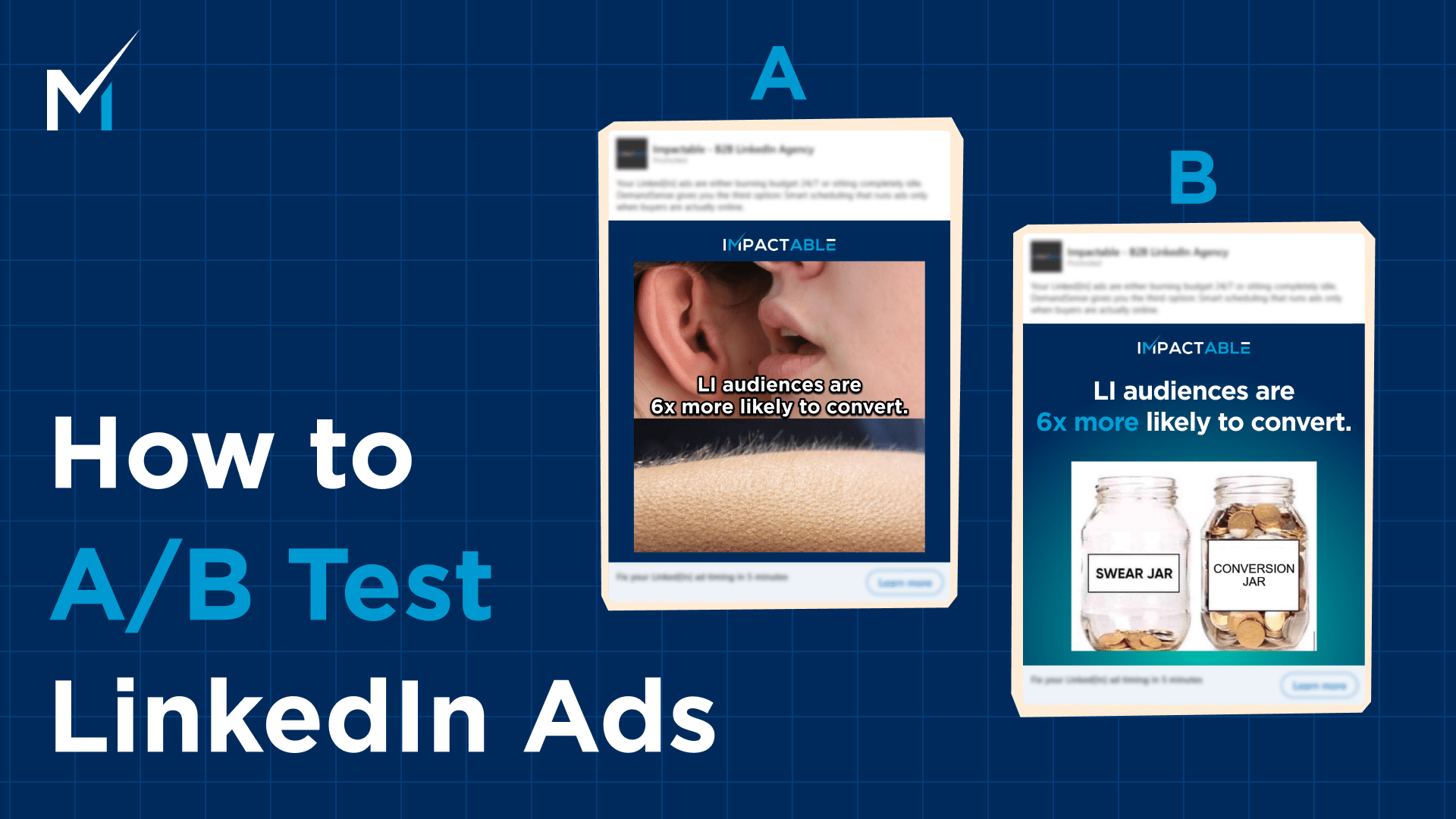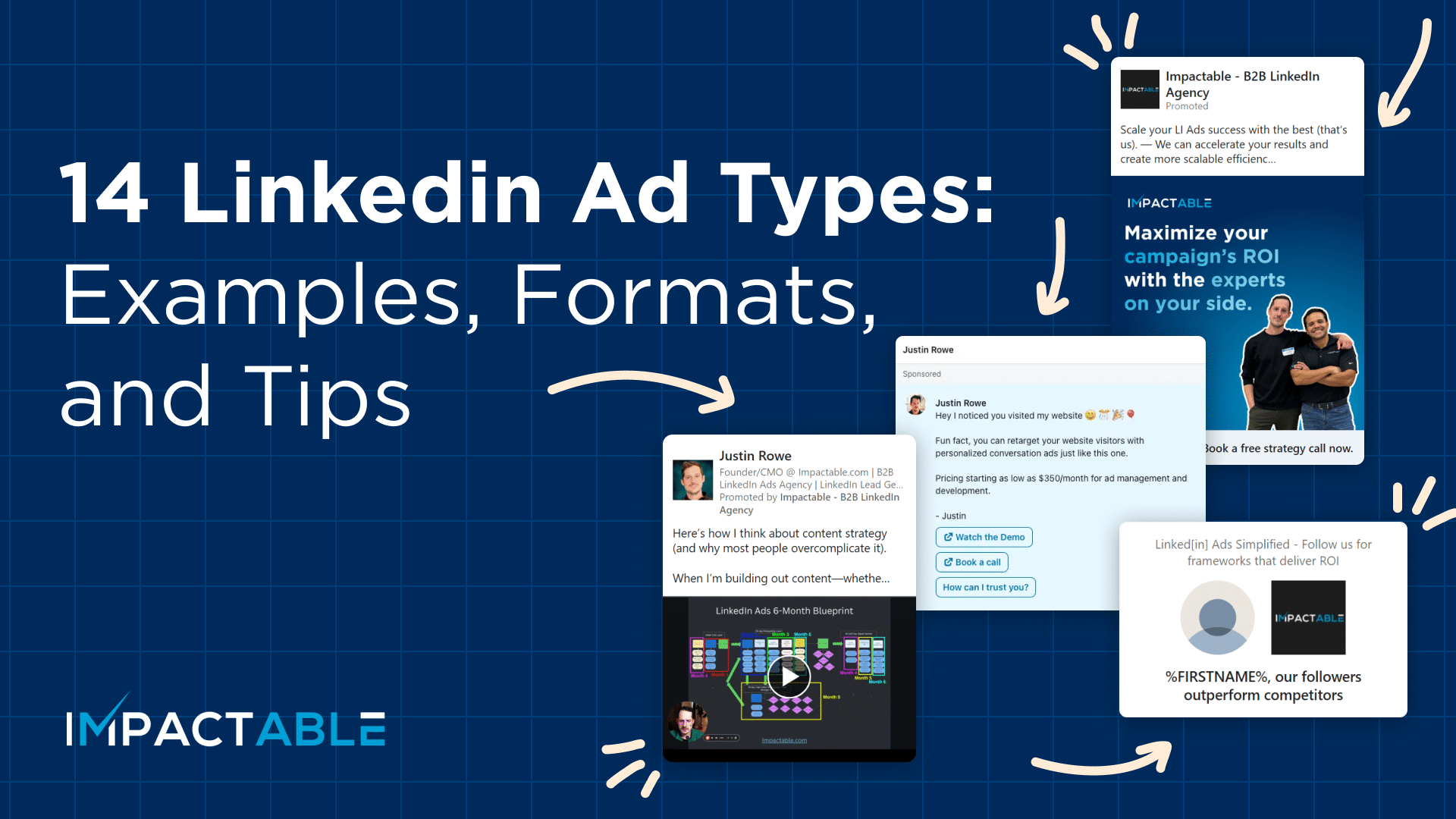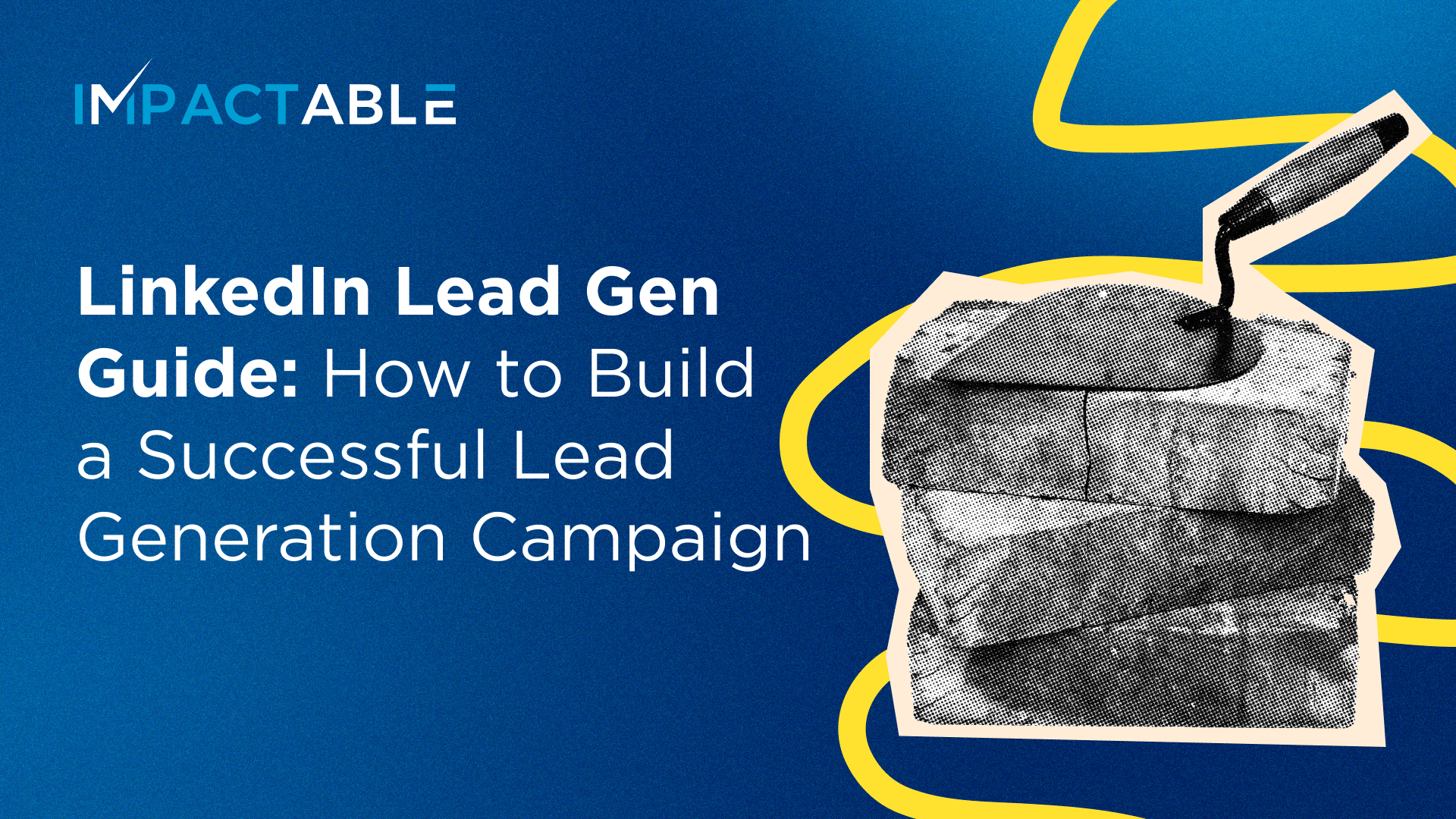If you’ve been around LinkedIn lately, you know social selling has grown from a social media buzzword to how serious B2B companies are actually growing in 2025.
But here’s what I’m seeing: there’s no one-size-fits-all approach. The companies absolutely crushing it are taking wildly different strategies based on their strengths, their teams, and honestly, what they’re willing to commit to.
I’ve analyzed some companies that are killing it with social selling, and narrowed it down to five proven strategies that can work for your B2B team. Let’s break down what works in the industry, who’s doing social selling right, and how you can adapt it for your situation.
#1. Build a Community That Sells For You
This isn’t about posting “value-add” content and hoping for the best. Real community building means creating a space where your audience actively wants to engage, share, and – eventually – buy from you.
Why this works: Communities create trust at scale. When prospects see hundreds or thousands of people engaging with your content, discussing your insights, and sharing their own experiences, it removes the biggest barrier to B2B sales: credibility.
Who’s crushing it?
Lavender.ai has built one of the most engaged B2B communities on LinkedIn with over 150K followers between their corporate page and co-founders.
The secret? The Lavender team has been incredibly consistent in educating (and entertaining) their audience about how modern sellers should think about cold emails.
Starting with posts on how to write better sales emails in 2020, Lavender has built one of the most well-known brands on the back of LinkedIn.
Today, Lavender launched one of the first Netflix-style streaming platforms, where sellers can learn how to write better emails with Lavender’s AI coach and their brand new AI SDR, Ora.
How to make it work for you:
- Focus on education, not promotion – every post should teach something actionable
- Humanize your content and engage authentically through real people, not corporate accounts
- Create repeatable content formats (like weekly series or regular features)
- Encourage community members to share their own experiences and insights
#2. Create Content “Value Loops”
Everyone talks about “adding value,” but most B2B content is still just thinly veiled product pitches. Real value-driven content means creating something your audience would pay for – and then giving it away for free.
Why this works: Nearly 100% of B2B buyers do their own research before ever talking to sales. If you’re the one educating them during that research phase, guess who they’re going to call when they’re ready to buy? Plus, consistent value-driven content positions you as the expert, not just another vendor.
Who’s crushing it:
Cognism started as a FinTech startup in 2015 and built itself into one of the most influential B2B sales intelligence companies by treating content like a media company would.
They don’t just post random LinkedIn updates. They’ve built what they call “value loops” – interconnected content across newsletters, podcasts, LinkedIn, blogs, and YouTube that all feed into each other. A podcast episode becomes a blog post, which becomes LinkedIn content, which drives newsletter signups.
The key insight? They use a strategic planning framework to create overarching themes, then break those down into specific “points of view” for different personas, then create individual content pieces. It’s content with a plan, not just content for content’s sake.
Result: nearly 120,000 LinkedIn followers, newsletters, four podcasts catering to different audiences, and most importantly – a pipeline full of prospects who already know and trust them.
How to make it work for you:
- Create interconnected content “loops” across multiple platforms
- Use strategic planning frameworks, not just random topic brainstorming
- Mix organic content with paid promotion to maximize reach
- Focus on education first, conversion second
#3. Lean Into Creator Economy and Influencers
Sometimes the fastest way to build trust isn’t to do it yourself – it’s to partner with people your audience already trusts.
Why this works: Trust transfer is real. When a respected industry expert endorses your brand or appears alongside your content, their credibility becomes your credibility. It’s like getting a warm introduction, but at scale. Previously, LinkedIn wasn’t known for its influencers; today, you have a decent talent pool to team up with in order to build awareness around your offer.
Who’s crushing it:
HockeyStack, instead of trying to build their own thought leadership from scratch, created “The Flow” – a streaming media platform where they partner with established experts from companies like Lavender, Wynter, and other trusted B2B brands.
The genius move? They’re not trying to be the expert – they’re providing the platform for experts their audience already follows. When someone from HockeyStack appears alongside these industry leaders, they automatically get credibility by association.
Plus, when these thought leaders share the content with their own audiences, HockeyStack gets exposure to thousands of highly qualified prospects who might never have found them otherwise.
The result: rapid brand recognition in a crowded market, without having to spend years building thought leadership from zero.
How to make it work for you:
- Partner with established thought leaders in your space
- Create collaborative content like panels or joint webinars
- Let industry experts try your product and share honest feedback
- Focus on customer-centered content, not product-centered content
#4. Double Down on Thought Leadership
People buy from people, not companies. If you’re a founder or key executive with genuine expertise, sometimes the best social selling strategy is just to show up consistently and share what you know.
Why this works: B2B buyers want to know who they’re really dealing with. When prospects can connect with an actual person – especially someone with real expertise – it removes the corporate barrier that makes B2B sales feel impersonal.
Building a founder brand doesn’t require a fabricated image to sell your expertise. All it takes is a genuine interest in giving value to your audience.
At Impactable, we’ve been doing thought leadership content for a while now, with the founder brand gaining over 85,000 LinkedIn followers.
Here’s what actually works: instead of generic “LinkedIn tips,” we share specific data from our campaigns – what retargeting strategies work best, what ad types perform better at each layer, or what settings influence your ad performance.
When we break down real client results and explain exactly why certain strategies worked or failed, our potential clients reach out to us with a game plan in mind.
How to make it work for you:
- Share unique data and insights that only you have access to
- Create content in batches by recording interviews with your leadership to make months’ worth of content in a few videos
- Amplify your best-performing content with Thought Leader Ads to reach a wider target audience with your insights and get in front of them

#5. Turn Your Team Into Content Creators
Why limit social selling to one person when you can turn your entire team into brand advocates? Employee advocacy can multiply your reach while adding authentic, diverse perspectives to your content.
Why this works: Your team members have different expertise, different networks, and different voices. When they all contribute to your brand narrative, you’re not just reaching more people – you’re reaching different people. Plus, employee-shared content drives 8x more engagement than content shared by the employer brand.
Who’s crushing it:
Lempire has not only turned their CoE leaders into content creators advocating for their product, but also engaged their entire team in content creation, with everyone from developers to customer success sharing insights from their unique perspectives.
Instead of just announcing product launches from the corporate account, team members share behind-the-scenes development stories, customer success insights, and professional growth milestones from their personal profiles.
The result? Instead of one corporate voice, prospects see a diverse team of real people with complementary expertise. It makes the company feel more human and trustworthy, while dramatically expanding its content reach.
How to make it work for you:
- Encourage team members to develop their own expertise niches
- Create guidelines that keep messaging consistent while allowing personality
- Share company updates across multiple personal profiles
- Celebrate team achievements and professional milestones
Which Strategy Fits Your Situation?
Rather than just telling you to “pick one,” let me help you figure out which approach actually makes sense for your specific situation:
Start by asking yourself: What’s your biggest constraint?
Time-poor but have expertise? → Focus on personal branding (#4). One person sharing genuine insights consistently beats scattered team efforts.
Great team, but no clear thought leader? → Go with employee advocacy (#5). Let your team’s diverse expertise shine through multiple voices.
New to the market, but have a budget? → Partner with established experts (#3). Borrow credibility while you build your own.
Strong educational component to your service? → Build community (#1). If you can teach, you can build an audience that converts.
Deep industry knowledge and resources? → Create value loops (#2). Turn your expertise into a content machine.
The key here is to stop trying to force one “universal” approach and start working with your natural strengths. Understanding how social selling compares to traditional lead generation approaches can help you make the right strategic choice for your business.
The Reality Check
Here’s what every successful social selling strategy has in common: they all prioritize relationships over transactions. They focus on providing genuine value before asking for anything in return.
That’s not just nice-sounding advice – it’s the only thing that works in 2025. Buyers are too sophisticated and have too many options to fall for thinly disguised sales pitches.
The companies winning at social selling understand that the “selling” happens naturally when you’ve built trust, provided value, and positioned yourself as the obvious choice when prospects are ready to buy.
Which approach are you going to try first?











